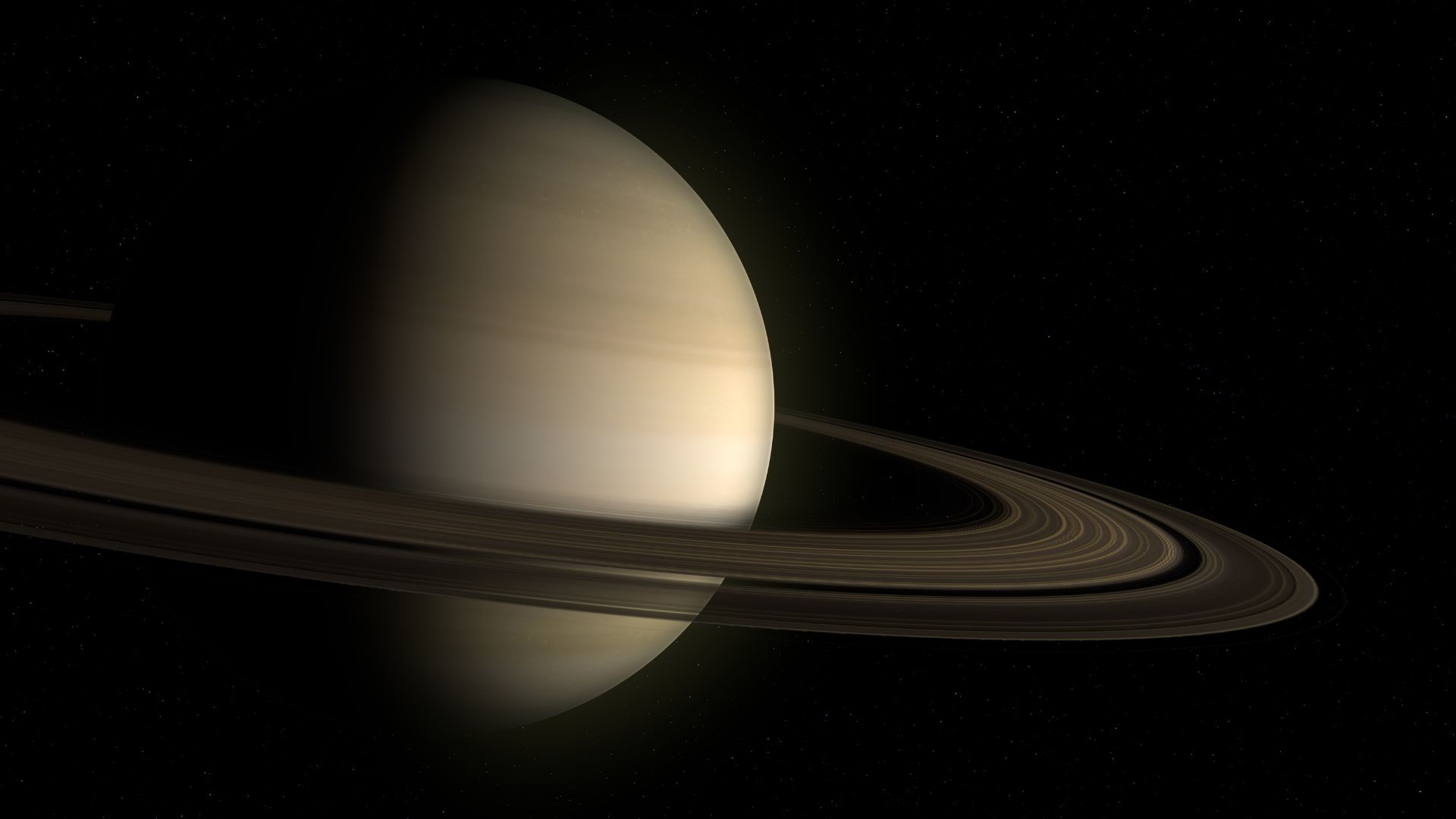Some planets in the Solar System are surrounded by immense rings. This is the case of Jupiter, Uranus, Neptune, but also of Saturn. This article from The Conversation explains the reasons for this particularity for this last planet.
Most scientists believe that Saturn didn’t always have its rings, but that millions of years ago it had a moon orbiting it.
This moon ended up getting very close to the planet, while rotating faster and faster. This acceleration was so violent that it caused the moon to explode. It broke into pieces which then spread around the planet taking the shape of a disk. These fragments are mainly ice and rock.
The pieces continued to smash against each other, producing a lot of dust and snow. Some pieces fell on Saturn or floated in space. This is still the case today, and in the distant future the rings are expected to disappear completely.



Discovering the rings of Saturn
It was not always known that Saturn had rings.
A few hundred years ago, an astronomer named Galileo observed the sky through one of the first telescopes. When he used it to observe Saturn, he found the planet looked a bit like the head of a teddy bear with two large ears. He thought it was perhaps made up of three planets.
Years later, astronomers used better telescopes and realized that Saturn was surrounded by what looked like a large, flat disk.
Initially, astronomers thought the disk was hitting Saturn. An astronomer named Christiaan Huygens thought that the disk around Saturn was a solid object, like a ring around a finger. Another astronomer, Giovanni Cassini, was the first to notice that the ring was not full, and that there was space between the pieces.
Today we know that the rings are made of moon dust and rocks. And since Saturn is very far from the Sun, it is a very cold planet. This means that the rocks in Saturn’s rings are very icy. Some are even made entirely of ice, like snowballs. Saturn’s rings are very bright because the ice strongly reflects sunlight.
By sending space probes to other planets and taking photos up close, it was discovered that Jupiter, Uranus and Neptune also had rings. But these rings are thinner and difficult to see from Earth. It was also realized that these planets had many moons, some smaller and some larger than Earth’s Moon.




Lucyna Kedziora-Chudczer, Program Manager / Adjunct Research Fellow, Swinburne University of Technology
This article is republished from The Conversation under a Creative Commons license. Read the original article.
Do you want to know everything about the mobility of tomorrow, from electric cars to e-bikes? Subscribe now to our Watt Else newsletter!
